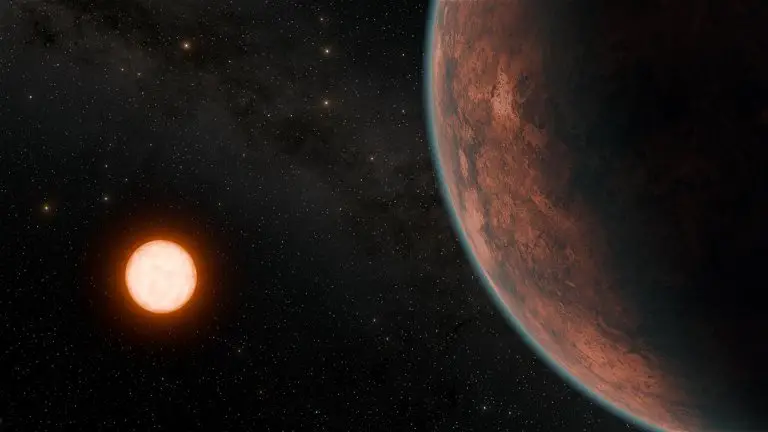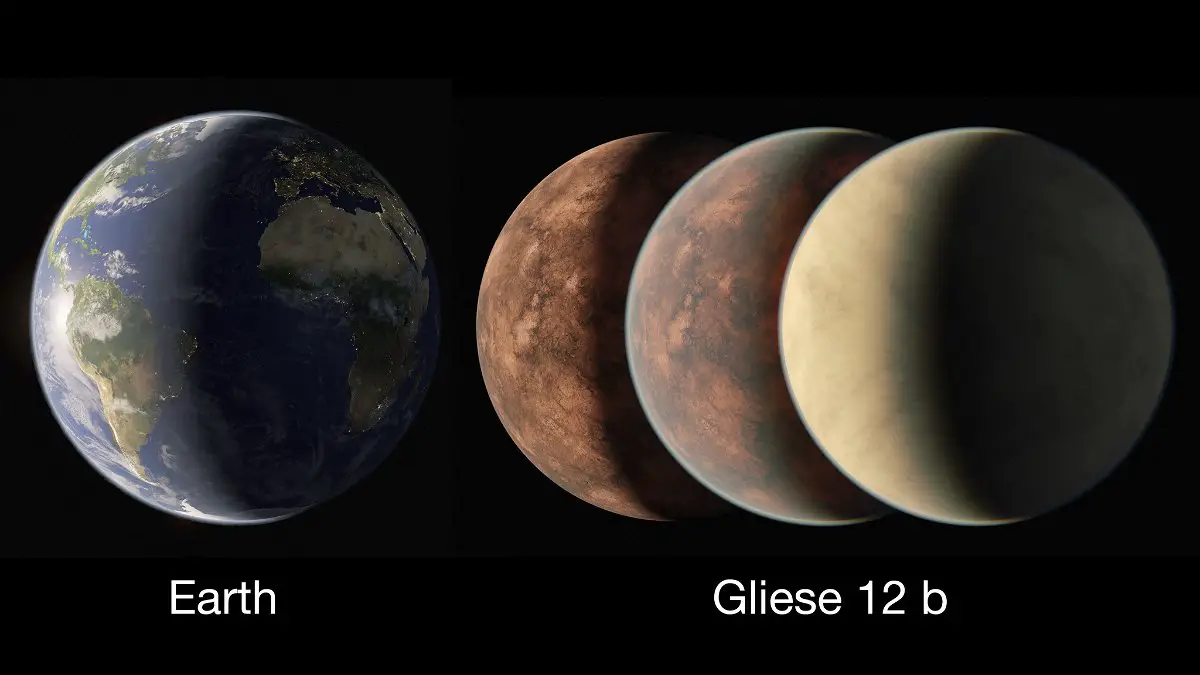- June arrives and with it a new and incredible solar storm
- A rare planetary alignment is about to happen: here’s how you can watch it from home

A new planet called Gliese 12 b has been discovered. It is an exoplanet, so it orbits a star, which stands out for being relatively habitable due to the possibility that it has an atmosphere and does not receive excessive energy from its star, Gliese 12 (the planet is named by adding a “b” to its star).
A Venus 40 million light-years away
One of the main concerns of science is to discover potentially habitable planets. It is true that calculating habitability is very complicated and that it is an estimate, but certain conditions tell us approximately how it may be. Gliese 12 b is one of these planets that would be relatively habitable under the conditions we know of, though of course it needs to be studied thoroughly.
As per the research paper, its size is similar to that of Venus, which in turn is similar to that of Earth: 12,104 vs 12,756 kilometers. “Although we don’t yet know if Gliese 12 b has an atmosphere, we have been thinking of it as an exo-Venus, with a size and energy received from its star similar to that of our planetary neighbor in the Solar System,” said Masayuki Kuzuhara, an assistant professor on the project at the Tokyo Center for Astrobiology who co-led the research team.

It is an exoplanet located 40 million light-years from Earth, a distance that is currently insurmountable, but which is relatively close in space. To give you an idea, the Sun is 0.000016014 light-years from Earth, as light takes 8 minutes and 20 seconds to arrive.
Gliese 12 b is only about 7% of the distance between the Earth and the Sun, so if its star were like the Sun, habitability would be almost impossible due to the radiation emitted. However, its star is only 12% the size of the Sun and 60% its surface temperature.
This means that the energy received by Gliese 12 b from Gliese 12 is only 1.6 times that received by the Earth from the Sun, with a temperature close to 42º; Although the final temperature will depend on whether it has an atmosphere, another vital condition for life because it protects the planet from radiation from its star and provides the elemental gases for life. Gliese 12 b takes 12.8 days to orbit Gliese 12, as opposed to 365 days from Earth to the Sun.
Of course, keep in mind that Gliese 12 is a red dwarf, so its behavior is not like that of the Sun. These types of stars are usually magnetically active, which causes frequent and powerful bursts of X-rays and ultraviolet radiation. Despite this, their analyses do not show extreme behaviors.
There is still much to discover about this hopeful planet for life, but this is a special planet. “This is a unique candidate for new atmospheric studies that could help to unravel some aspects of the evolution of our own solar system,” says Enric Pallé, a researcher at the IAC who contributed to the discovery. It is not the first planet with conditions that would make life possible, others such as TOI-715b already are, but the conditions of this one are especially promising.



Comments